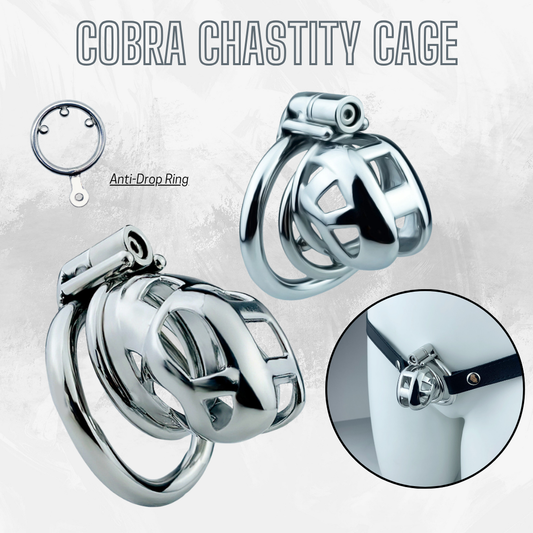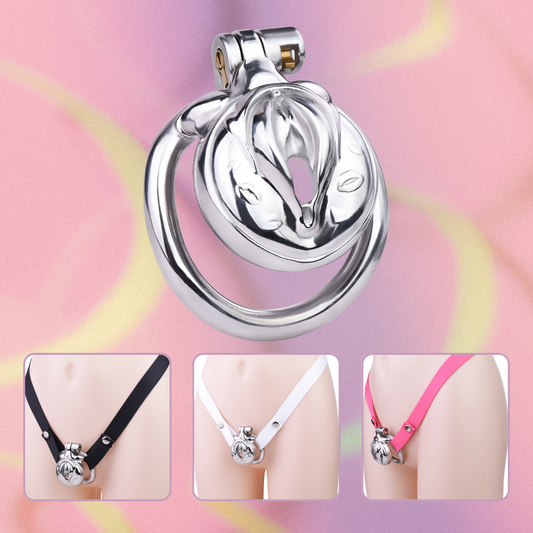Chastity Cage Material Guide: Comparing Stainless Steel, 3D-Printed Resin, and Silicone
Share
Choosing the right material for a chastity cage is crucial for comfort, durability, and overall experience. Here’s a quick guide to help you decide between stainless steel, 3D-printed resin, and silicone cages.
1. Stainless Steel Chastity Cages
Pros:
- Durability: Stainless steel is incredibly strong and built to last. It’s resistant to bending or breaking, making it a great choice for long-term wear.
- Hygiene: This material is non-porous and easy to clean, which helps prevent infections and ensures good hygiene.
- Weight: It’s heavier than other materials, which some find adds to the feeling of control and security.
Cons:
- Comfort: The weight can be a drawback if you’re sensitive to heavier devices. Stainless steel can also get cold or hot depending on the environment.
- Adjustability: Once you buy it, you’re stuck with the size and fit unless you go for custom options.
Tips:
- Fit Matters: Make sure to get the correct size to avoid discomfort. Stainless steel cages often come in standard sizes, so precise measurements are key.
- Cleaning: Regularly clean your stainless steel cage with mild soap and water to keep it in top condition.
2. 3D-Printed Resin Chastity Cages
Pros:
- Customization: 3D-printed resin allows for a high level of customization. You can often get cages tailored to your exact measurements and preferences.
- Lightweight: Resin cages are lighter than metal, which can be more comfortable for extended wear.
- Design Variety: The printing process allows for intricate designs and shapes that aren’t possible with metal or silicone.
Cons:
- Durability: While strong, resin can be prone to cracking or breaking under extreme pressure or impact.
- Hygiene: Resin is more porous than metal, so it requires more careful cleaning to avoid bacteria buildup.
Tips:
- Check Reviews: Look for feedback on the durability and comfort of 3D-printed cages before buying.
- Regular Cleaning: Use non-abrasive cleaners and ensure your cage is thoroughly dry before storage to prevent mold or bacteria.
3. Silicone Chastity Cages
Pros:
- Flexibility: Silicone is soft and flexible, making it very comfortable for many wearers. It adapts to the shape of your body.
- Lightweight: It’s one of the lightest materials, which can be a plus if you prefer a less noticeable cage.
- Safety: Silicone is hypoallergenic and safe for sensitive skin.
Cons:
- Durability: It’s not as durable as metal or resin. Over time, silicone can wear out or deform.
- Cleaning: While generally easy to clean, silicone can retain odors if not cleaned properly.
Tips:
- Choose High-Quality Silicone: Look for medical-grade silicone to ensure safety and comfort.
- Proper Care: Regularly clean with mild soap and water, and avoid exposing it to harsh chemicals.
Each material has its own set of benefits and drawbacks. Stainless steel offers durability and a secure feel, 3D-printed resin provides customization and design options, and silicone delivers comfort and flexibility. Consider what factors are most important to you—whether it’s durability, weight, or customization—and choose the material that best fits your needs.
Explore our selection to find the perfect chastity cage for you, tailored to your preferences and lifestyle.


















